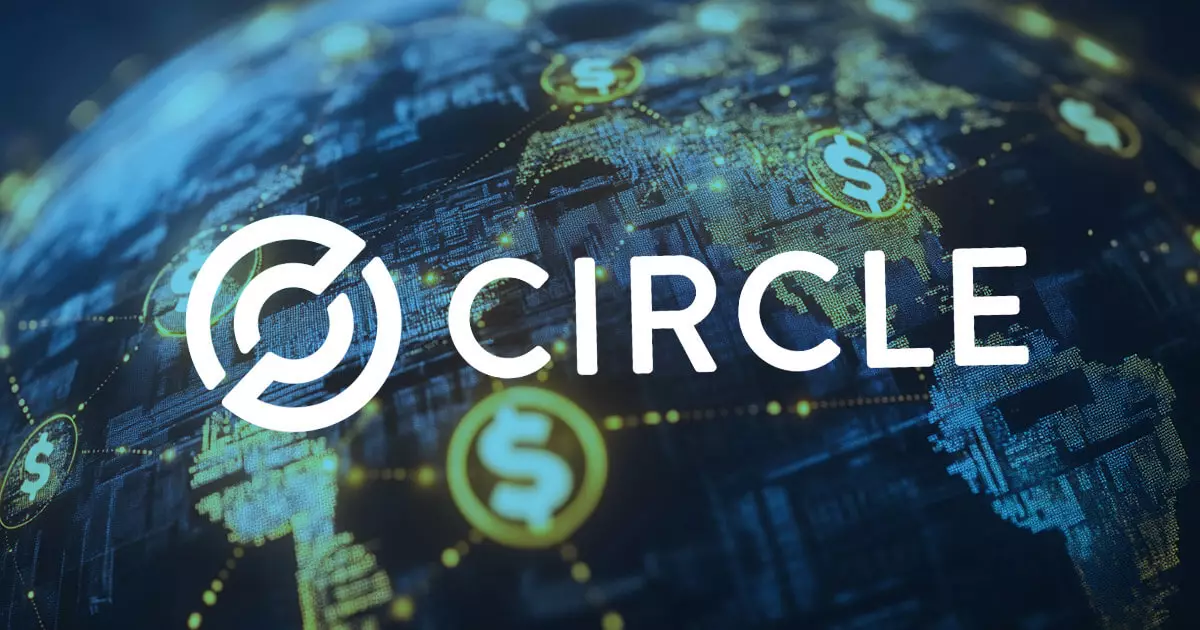As global regulations surrounding digital assets continue to evolve, companies in this space are facing increasing pressure to adapt and demonstrate compliance. In response to these challenges, Circle has unveiled its Compliance Engine, a groundbreaking tool aimed at facilitating regulatory adherence for businesses engaging in blockchain technologies. The Compliance Engine embodies a significant stride towards simplifying the often daunting compliance landscape, integrating essential functions directly into Circle’s infrastructure, thus eliminating reliance on third-party solutions. This development marks a notable shift in Circle’s strategy, reflecting a more cohesive approach to compliance in an industry often scrutinized for its regulatory ambiguity.
The Compliance Engine introduces several innovative features essential for modern compliance strategies. From real-time transaction screening to periodic monitoring, businesses can now conduct thorough checks with impressive efficiency. Notably, adherence to the Travel Rule—a crucial regulation mandating secure information transmission between virtual asset service providers—positions the Compliance Engine as an indispensable asset for companies striving to align with regulatory expectations. This streamlined compliance mechanism empowers firms to categorize risk levels, automate enforcement actions, and create customized blocklists, thus placing control firmly in their hands.
While these advantages undoubtedly bolster operational efficiency, they also raise questions concerning the balance of innovation and regulation in the digital asset industry. By providing these tools, Circle is keenly aware that this streamlined approach will not only facilitate compliance but also promote greater adoption of blockchain technologies among businesses previously intimidated by regulatory uncertainties.
Circle’s launch of the Compliance Engine underscores the company’s longstanding commitment to fostering regulatory compliance within the digital asset space. By asserting its position as the first stablecoin issuer to comply with the European Union’s Markets in Crypto-Assets regulatory framework, Circle has demonstrated its dedication to building a foundation of trust and transparency. This initiative is of particular significance in light of the overall industry trend toward enhanced regulatory compliance as a means of mitigating risks and securing market integrity.
However, as Circle positions itself as a compliant participant in the financial ecosystem, there is a response from other industry players like Tether, which critiques the growing alignment of companies like Circle with traditional regulatory frameworks. The CEO of Tether, Paolo Ardoino, has expressed concern that such compliance-driven approaches could compromise the foundational ideals of decentralized finance, questioning whether merging with established norms might stifle innovation in the long term.
Circle’s strategy of enhancing compliance capabilities resonates well within a market increasingly scrutinized by regulators. By proactively addressing compliance challenges, Circle not only reinforces its market position but also sets a benchmark for other entities in the digital asset ecosystem. The Compliance Engine provides businesses with a toolkit designed for proactive engagement rather than reactive compliance, enabling enterprises to embed regulatory considerations into their operations seamlessly.
Nevertheless, this turn toward increased compliance begs contemplation about the evolving nature of digital currencies. As stablecoins like Circle’s USDC and EURC pave the way for adhering to contemporary regulatory frameworks, the balance of power appears to tilt towards operational models that resemble traditional financial institutions. This could precipitate an unforeseen synergy with Central Bank Digital Currencies (CBDCs), as regulatory compliance becomes a shared objective rather than a divide.
The introduction of the Compliance Engine may also redefine relationships within the broader blockchain ecosystem. As more digital asset firms adopt Circle’s compliance tools, the landscape may evolve into an environment where collaboration prevails over competition. Such partnerships could amplify the collective ability to address regulatory obligations, creating an ecosystem that is both progressive and compliant.
Circle’s Compliance Engine indeed represents a significant leap forward in addressing the complexities of compliance within the digital asset domain. While the tool demonstrates a commitment to regulatory integrity, it also prompts deeper discussions concerning the future dynamics between innovation and compliance. As the industry progresses, it will be crucial to analyze whether streamlined compliance leads to increased collaboration or inadvertently stifles the very innovation that blockchain technologies aim to promote. The path ahead is fraught with challenges and opportunities, but Circle’s initiative is undoubtedly a noteworthy step in shaping the future landscape of digital assets.


















